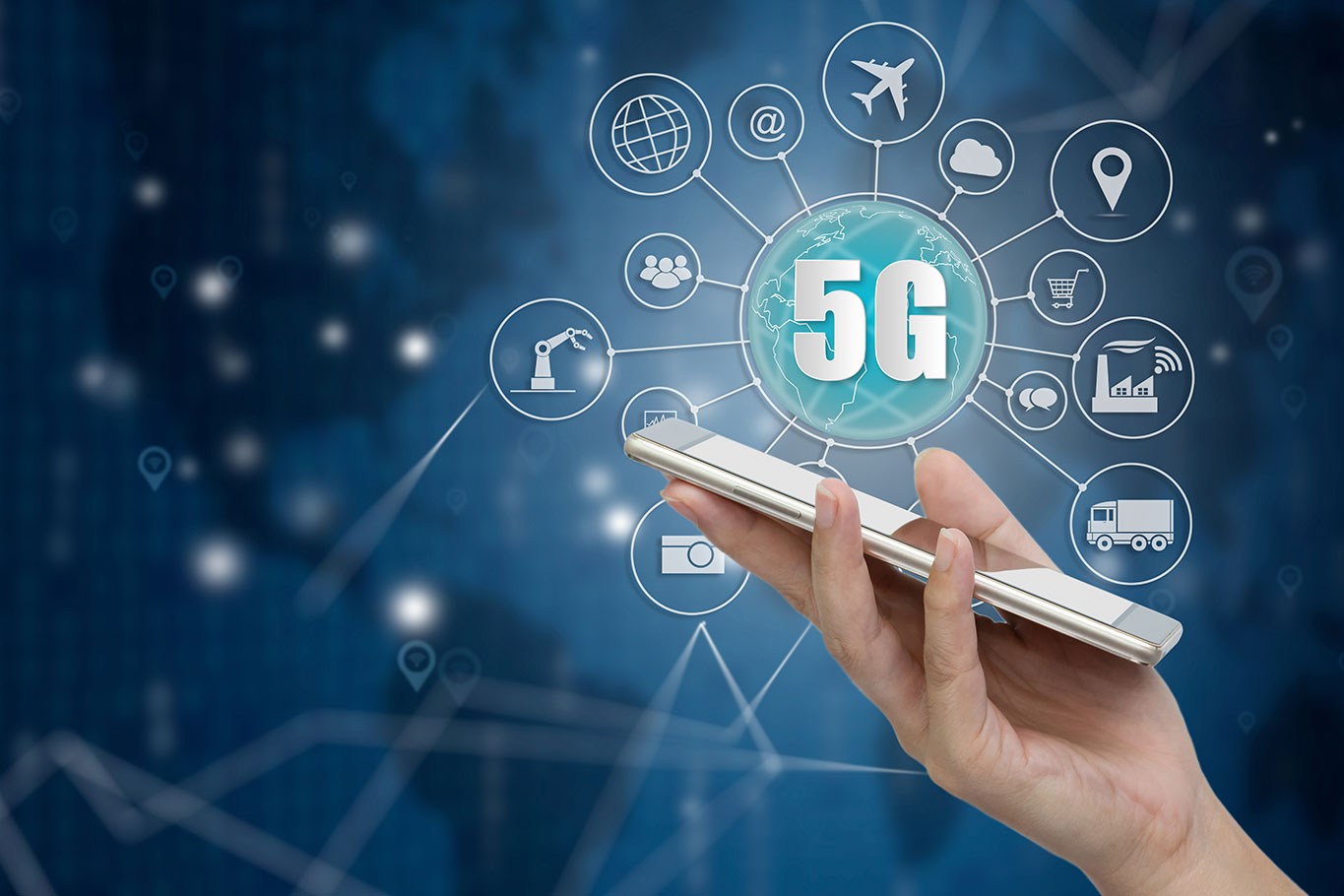
How does 5g work?
5G is the big new buzzword in tech these days, and it is certainly getting its fair share of coverage as it continues to roll out on a global scale. And while you can read up on this next-generation network here and elsewhere, the bottom line is that there’s still quite a bit of confusion out there on how 5G actually works. We know it’s a game-changer as far as networks are concerned and offers a bevy of upgrades over its 4G predecessor, but there’s a lot out there that people don’t yet know about 5G — and how exactly it works is one of them. We thought we would devote this post to explaining just that — how 5G works. Here’s our layman’s term explanation of it:
How Exactly Does 5G Work? The Highlight Reel
If you’re able to access a 5G network today, you’re likely to experience speeds up to 30 times faster than today’s 4G LTE. But 5G isn’t widespread yet, largely because there are so many different components (i.e., advanced antenna design, cell tower enhancements, etc.) that need to fully come together to make it work. Today, cell phones work by connecting to cell towers, which broadcast over a variety of channels to enable connectivity. Where does 5G fit into things and improve upon the existing systems that are already in place? Here’s a look:
- 5G in review: 5G uses a broader range of the electromagnetic (EM) spectrum and more bandwidth to various frequency channels. Consider that traditional cell phone signals have in the neighborhood of 500 to 2,500 megahertz frequency. Now consider that 5Gcan use frequencies up to 20 times that.
- One of the biggest enhancements to enable more widespread 5G are cell tower and antenna improvements. Most cell tower antennas today have anywhere from 4 to 32 antennas, and today’s phones may be able to communicate with more than a single antenna at a time, which means there’s a boost in how quickly and how much data they can both send and receive. A massive multiple-input, multiple-output (MIMO) station will have up to 256 antennas. And a 5G phone is likely to achieve up to 16 connections, which will greatly enhance the speed of data transfer. Speaking of 5G phones, phone makers will need to produce new phones that will include more built-in antennas and other features to help drive this. So while cellular infrastructure needs to improve to enable widespread 5G, so too do mobile phones. These new phones that support 5G may be expensive at first, but will likely become more affordable as technology improves.
- Is mid-band the 5G sweet spot: Seemingly, every cellular provider is developing their own 5G strategy. T-Mobile and Sprint are investing efforts in low-frequency 5G and Verizon on millimeter wave (24 to 50 gigahertz), but the best course moving forward could be mid-band 5G. Not only is it where most global 5G networks are being built, but this band should enable speeds in the hundreds of megabits per second. This isn’t the multi-gigabit speeds that define 5G‘s ceiling, but these are still super fast speeds that could strike the perfect 5G network balance. These speeds would be fast enough for ultra-high definition streaming, automobile connectivity, automation and so much more.
- Skepticism? While 5G could have speeds in the hundreds of megabits per second even in the mid-band, there are some inhibitors to the widespread adoption of the technology. One is the infrastructure, which we discussed above. That needs to be improved for this to come to fruition and 5G capable phones need to come down in price. Current phones with 5G capability are several hundred dollars more expensive than those that just run on the 4G network. And finally, will 5G be as fast as they say it will? Keep in mind that 4G’s top speeds were supposed to be in the hundreds of megabits per second, yet the current average is 16 to 30 Mbps.
This video is not from Signals Defense but it is a great reference and easy to follow description of 5G and how it works.
